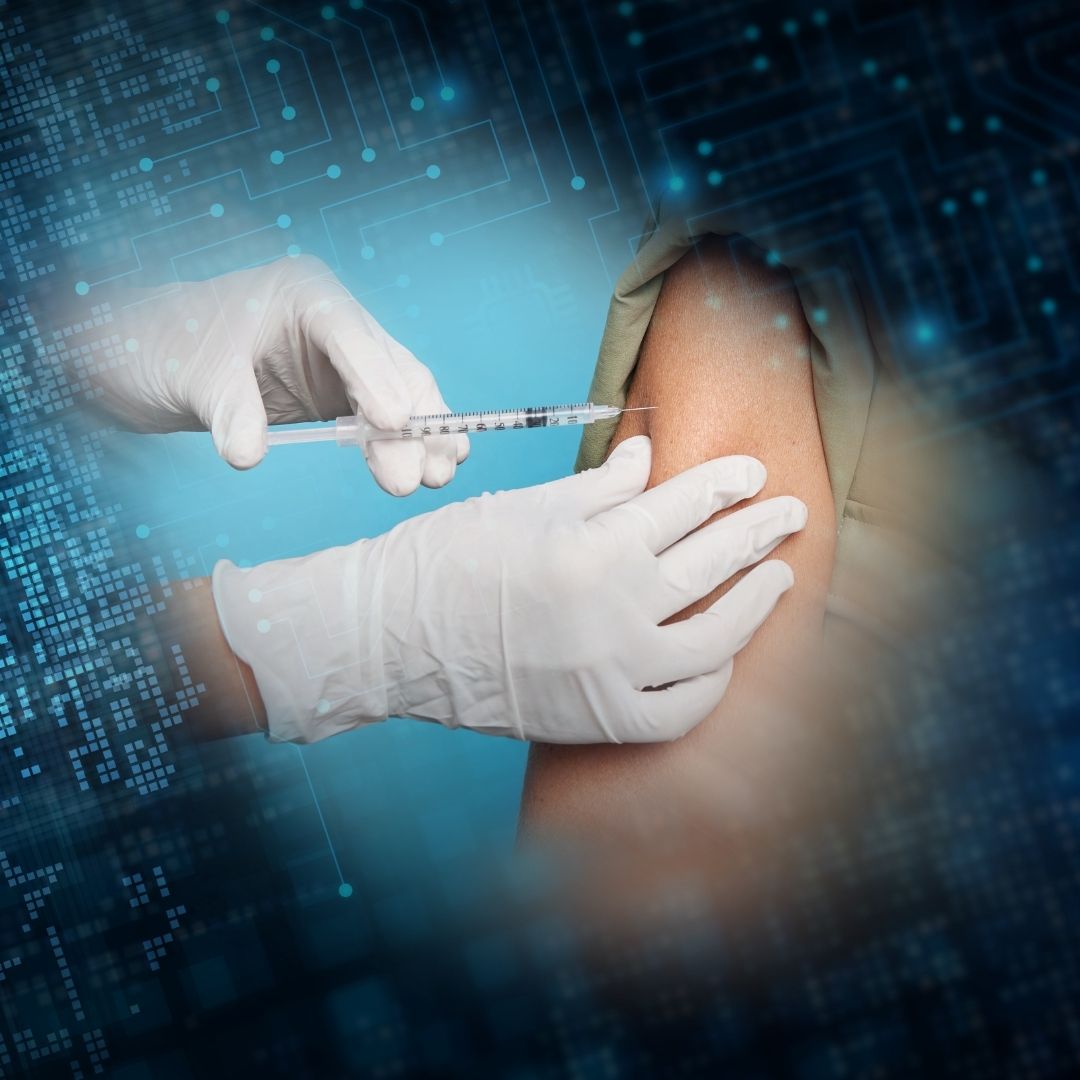10 Most Read Journal Articles of 2023

An Integrated Computational Approaches for Designing of Potential Piperidine based Inhibitors of Alzheimer Disease by Targeting Cholinesterase and Monoamine Oxidases Isoenzymes
The study aimed to evaluate the potential of piperidine-based 2H chromen-2-one derivatives against targeted enzymes, i.e., cholinesterase’s and monoamine oxidase enzymes.

Oligoadenylate Synthetases 1 Enhances DNA Sensor Cgas Translation to Mediate Antiviral Activity
Oligoadenylate synthetases (OAS) are a family of interferon (IFN)-stimulated genes known to inhibit viral replication through the enzymatic synthesis of 2'-5' oligoadenylates and activation of Ribonuclease L.

Prediction of pharmacokinetics of an anaplastic lymphoma kinase inhibitor in rat and monkey: application of physiologically based pharmacokinetic model as an alternative tool to minimise animal studies
The pharmacokinetic (PK) and toxicokinetic profile of a drug from its preclinical evaluation helps the researcher determine whether the drug should be tested in humans based on its safety and toxicity.

10 Most Read Journal Articles of 2023
In our industry, new research is constantly evolving our most current knowledge—and it’s critical to stay up-to-date with the latest advancements and best practices.

GP ADR-Dermal Module Flyer
The Transdermal Compartmental Absorption & Transit (TCAT™) model represents the skin as a collection of the following compartments: stratum corneum, viable epidermis, dermis, sebum, hair lipid, and hair core

GP ADR-Intraarticular Module Flyer
Understanding the knee joint physiology and its impact on drug PK after intraarticular (IA) injection is critical for developing new drugs aiming to cure rheumatoid arthritis (RA) and other specific diseases affecting human joints.

GP ADR-Intramuscular Module Flyer
The intramuscular (IM) drug delivery model represents the site of injection as a single compartment. Within this compartment, drug can be bound, and local clearance can take place. Drug can also be transported into the lymph or systemic circulation.

GP ADR-LAI Module Flyer
The Transdermal Compartmental Absorption & Transit (TCAT™) model represents the skin as a collection of the following compartments: stratum corneum, viable epidermis, dermis, sebum, hair lipid, and hair core.

GP ADR-Ocular Module Flyer
The Ocular Compartmental Absorption & Transit (OCAT™) model represents the eye as a collection of the following compartments: pre-cornea, cornea, conjunctiva, aqueous humor, iris-ciliary body, choroid-RPE, retina, sclera and vitreous humor.

GP ADR-Oral Cavity Module Flyer
The Oral Cavity Compartmental Absorption & Transit (OCCAT™) model represents the oral cavity (mouth) as a collection of the following compartments: buccal, gingival, palate, top of the tongue, bottom of the tongue, and mouth floor.

GP ADR-Pulmonary Module Flyer
The Pulmonary Compartmental Absorption & Transit (PCAT™) model represents the lung/nose as a collection of the following compartments: an optional nose, extra-thoracic, thoracic, bronchiolar and alveolar-interstitial.

GP Biologics Module Flyer
We are pleased to offer PBPK models for large molecules (biologics)

GP IVIVCPlus™ Module Flyer
GastroPlus® PBPK & PBBM was the first software program to offer “mechanistic deconvolutions”.

GP Metabolism & Transporter Module Flyer
The Metabolism and Transporter Module in GastroPlus® calculates Michaelis-Menten rates for gut and liver (or any PBPK tissue) metabolism and for carrier-mediated transport (influx or efflux – again, for any tissue in a PBPK model) based on input values for Vmax and Km.

GP Optimization Module Flyer
The Optimization Module performs the multidimensional search needed to fit model parameters to one or more data sets automatically.

GP PBPKPlus™ Module Flyer
Ranked as the #1 PBPK software for In Vitro-In Vivo Extrapolation (IVIVE) & PBPK modeling by Pfizer!

GP PDPlus™ Module Flyer
Automated model selection – fit across all direct, indirect, phase-nonspecific cell killing, bacteria killing PD models with a single mouse click to extend your PBPK models in GastroPlus® and easily find relationships between the pharmacodynamics and pharmacokinetics of your compound using plasma and/or tissue concentration profiles!

December 2023 GastroPlus Newsletter
GastroPlus® Newsletter December 2023
